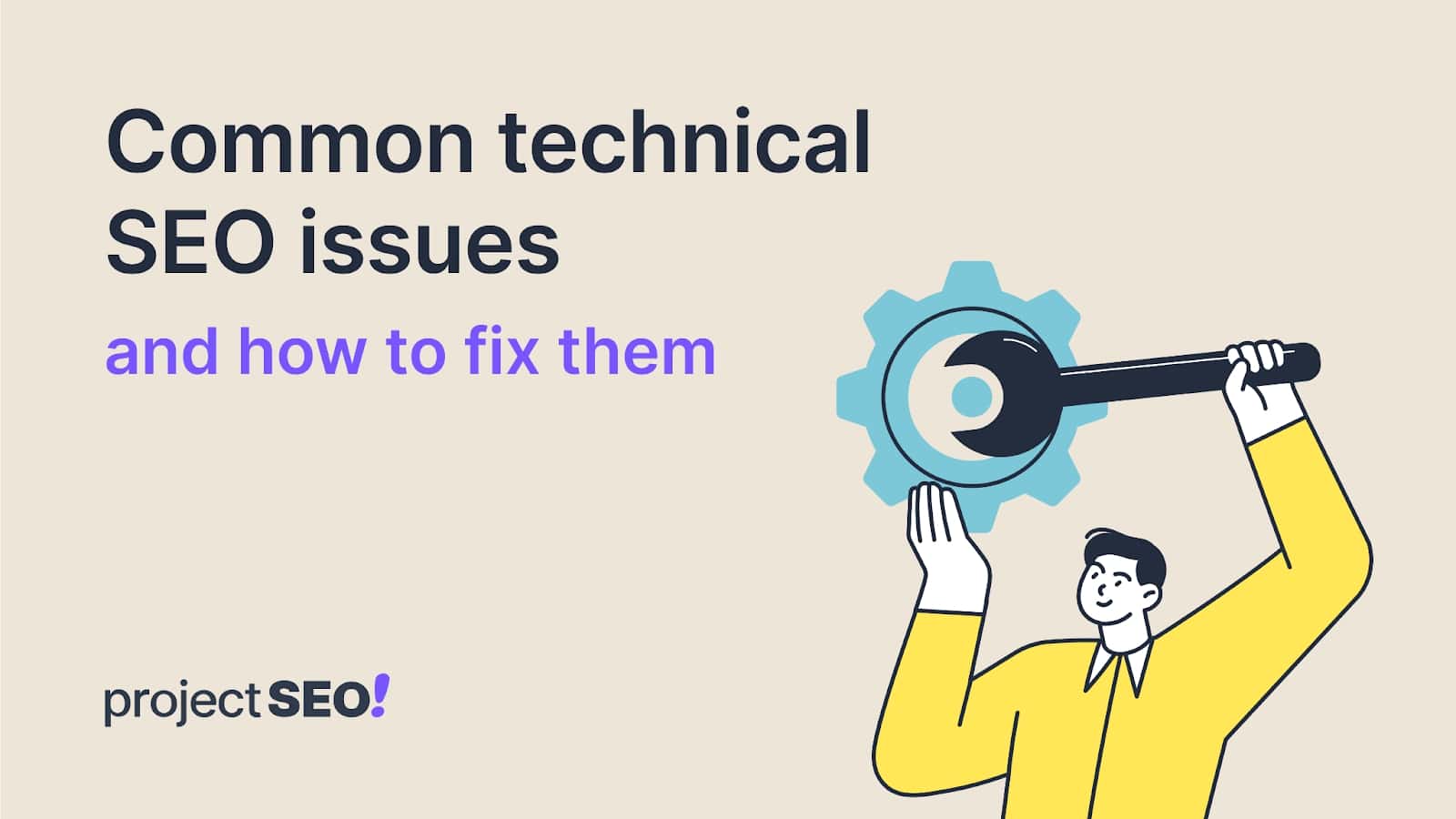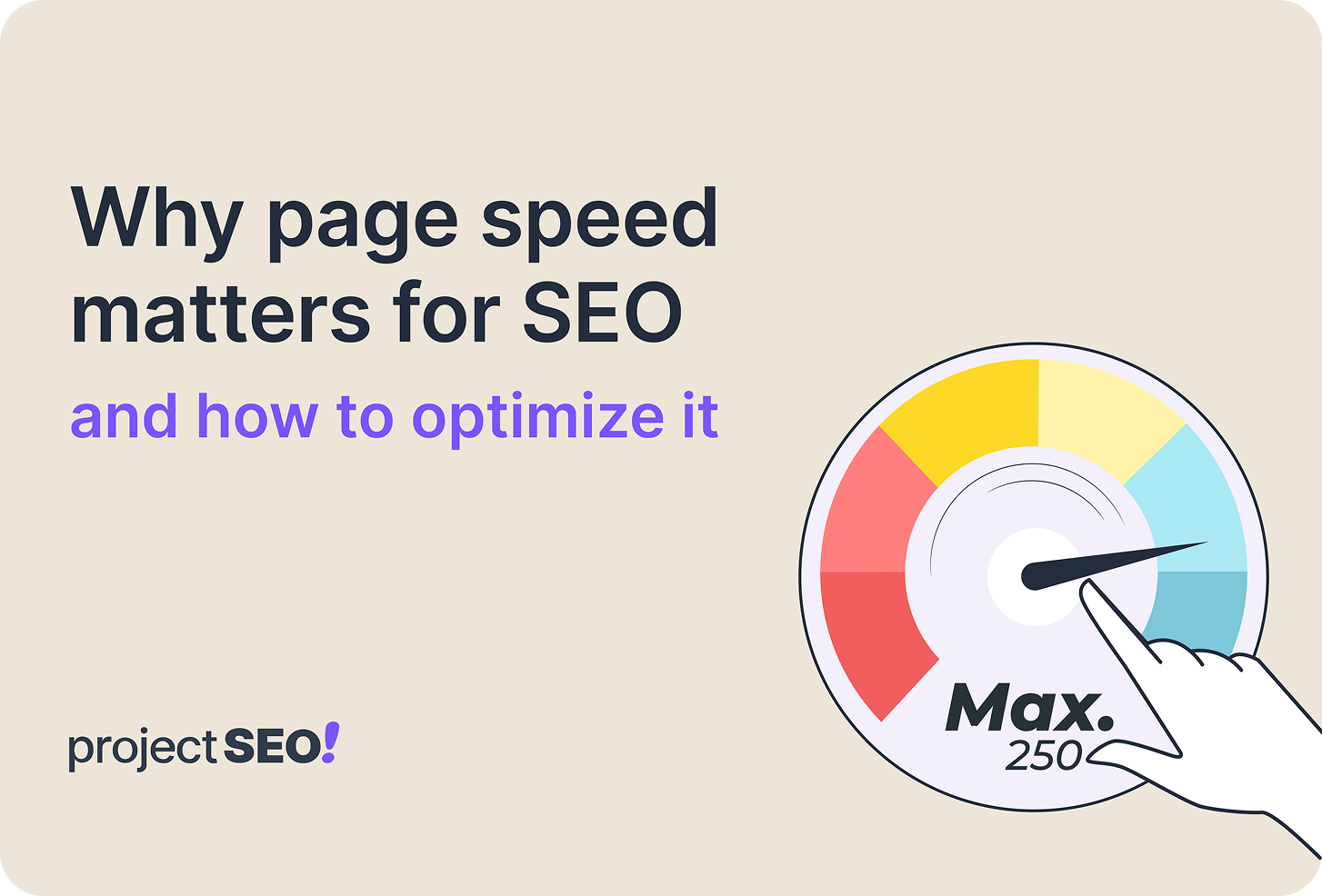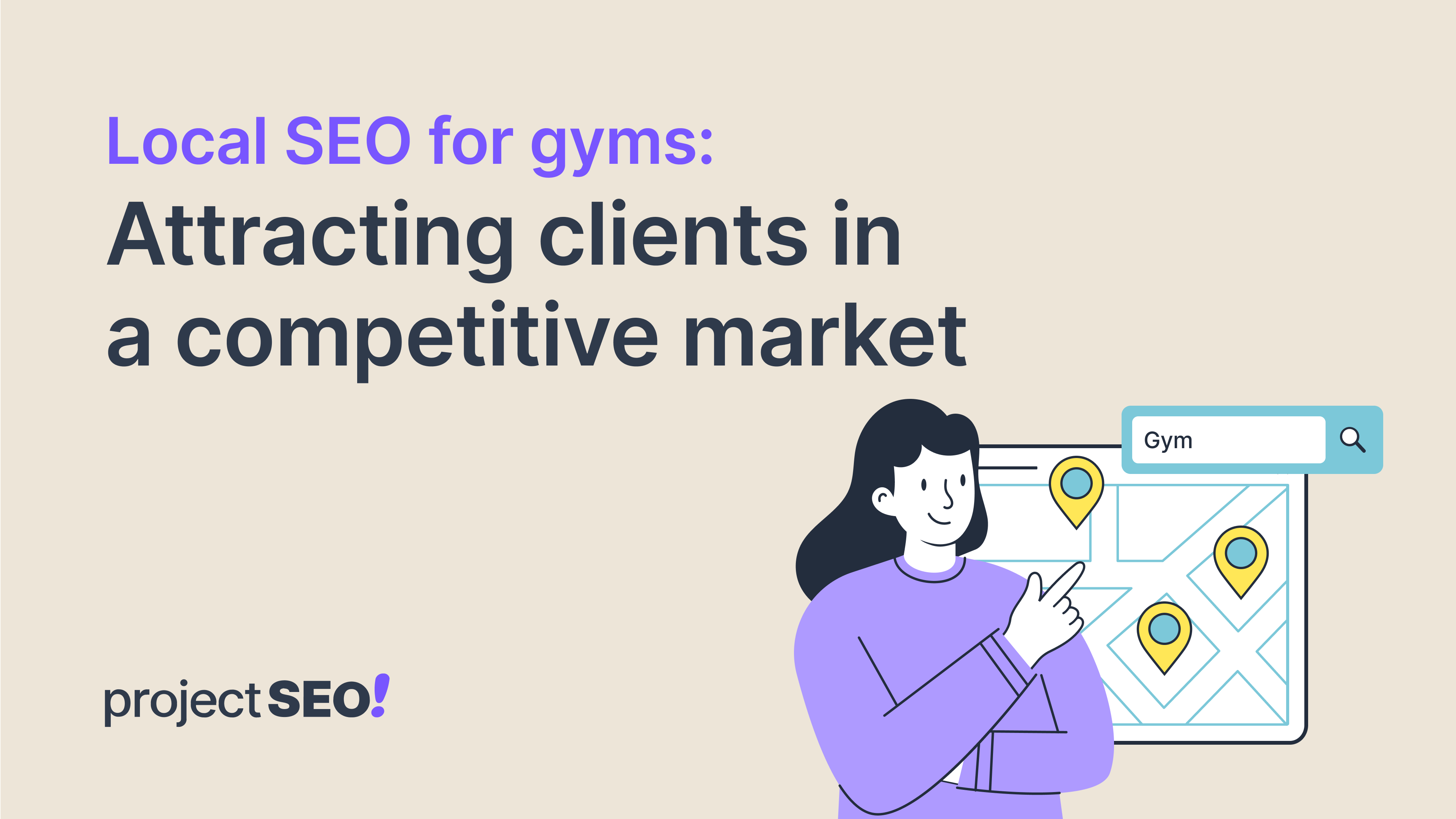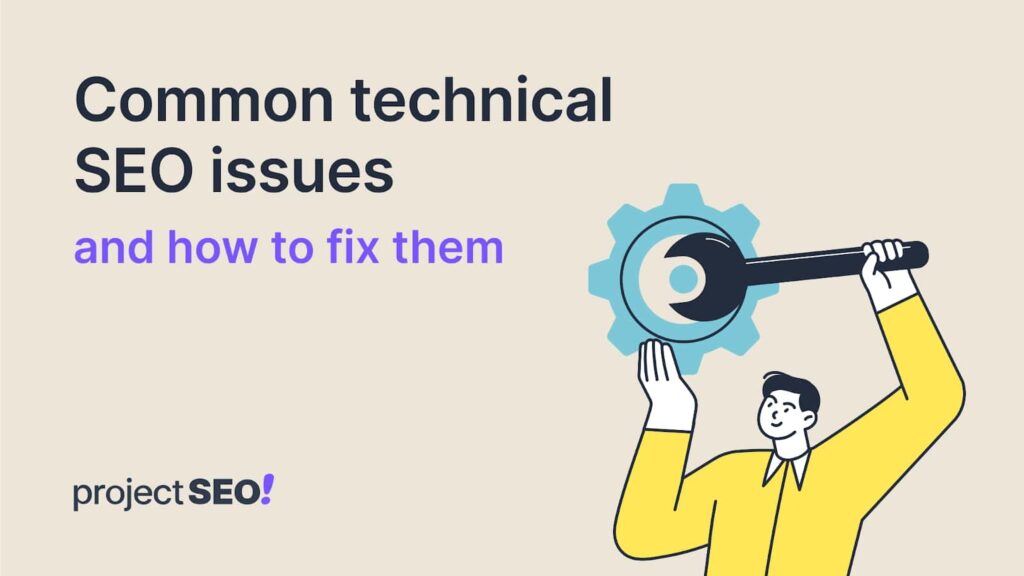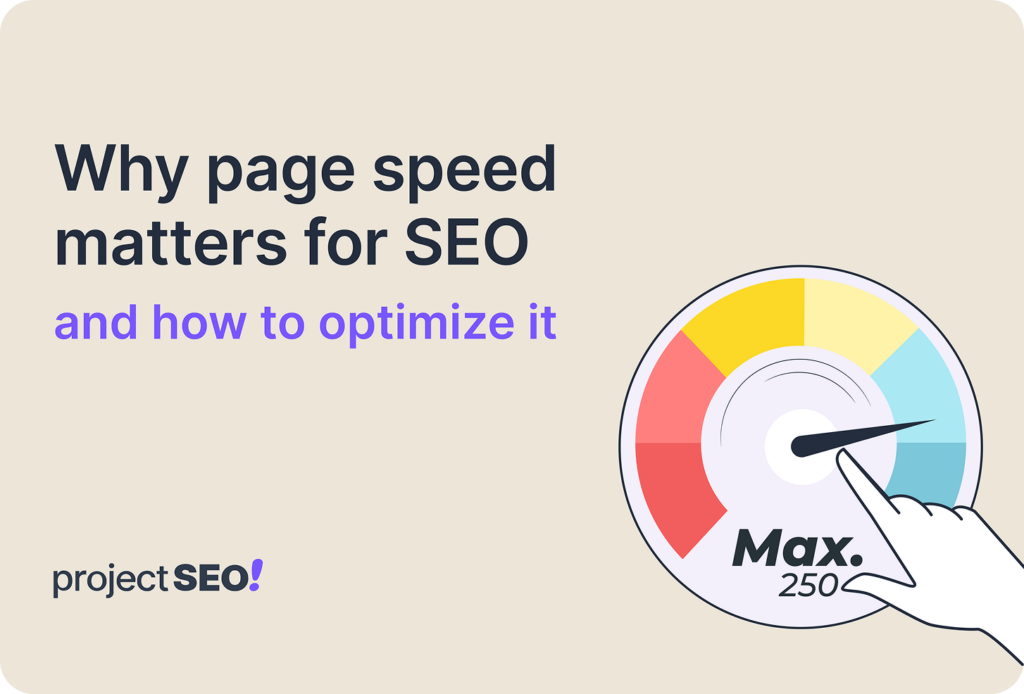B2B lead generation is crucial for targeting customers and saving time and resources. It boosts your chances of converting leads into loyal customers and ensures steady growth and ROI. A good lead generation strategy builds a consistent sales pipeline and provides insights into your market, helping you refine your marketing efforts.
What is B2B Lead Generation?
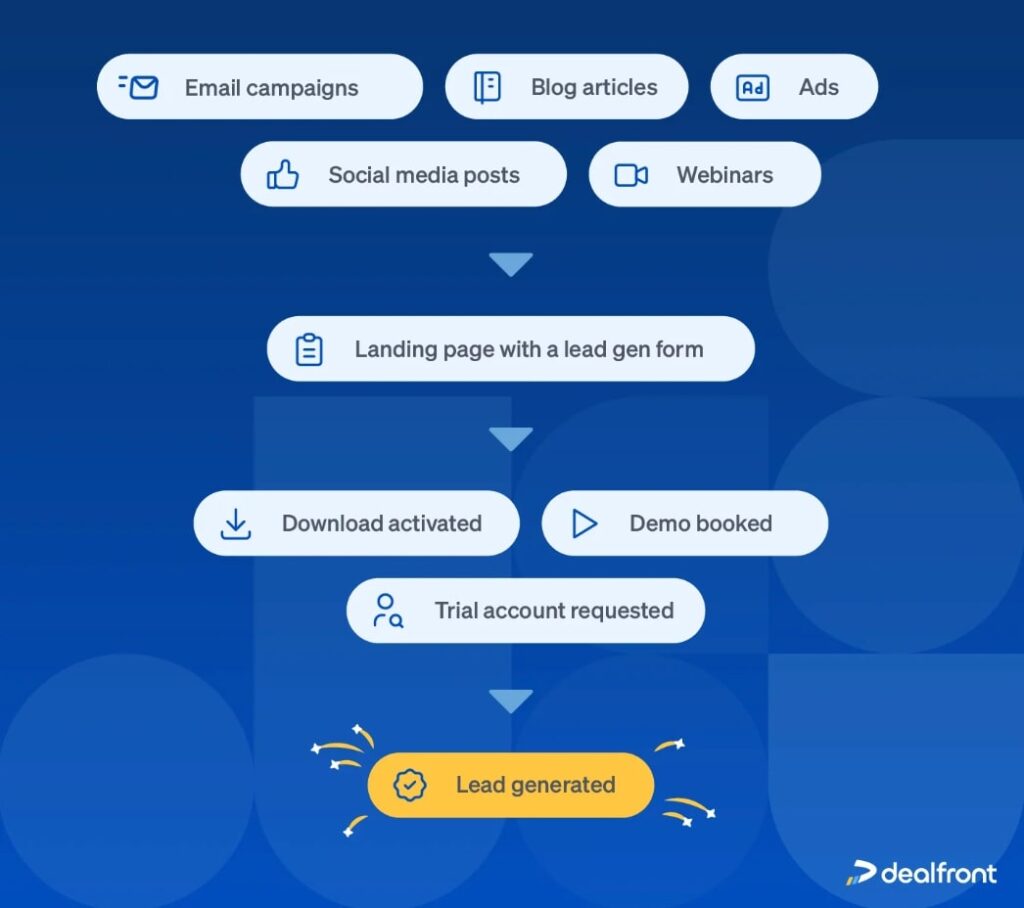
B2B lead generation is about finding and attracting businesses interested in your products or services. It’s like fishing, but you’re reeling in potential clients for your sales team to convert into customers. This process is key for business growth and maintaining a steady stream of opportunities.
Businesses use various strategies to generate leads, such as content marketing (blogs, whitepapers, case studies), social media (especially LinkedIn), and email marketing. These tactics help create interest, connect with potential clients, and keep them engaged with your offerings.
Who are B2B Leads?
B2B leads are potential customers who are other businesses, not individual consumers. These leads represent companies or professionals interested in a business’s products or services to solve problems, improve efficiency, or enhance operations. For example, a B2B lead could be a software company seeking a project management tool or a manufacturing firm needing advanced machinery.
Unlike B2C leads, B2B leads involve more complex purchasing decisions, often requiring input from multiple stakeholders. This results in longer sales cycles and higher transaction values compared to B2C deals.
Types of B2B Leads
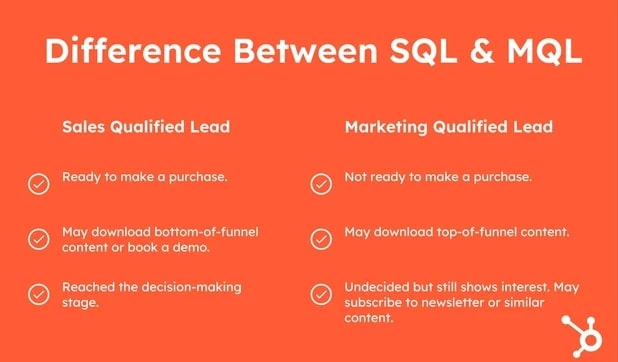
Marketing Qualified Leads (MQLs)
MQLs are businesses or professionals who have shown interest in a company’s offerings through interactions like downloading a whitepaper, attending a webinar, or engaging on social media. They are aware of the company but not ready to buy. The goal is to nurture these leads with more marketing to move them further down the sales funnel.
Sales Qualified Leads
SQLs are MQLs that have shown stronger purchasing intent and meet criteria indicating they are likely to become customers. They might request a demo or express an immediate need for a product. At this stage, the sales team engages these leads directly to close the deal.
The Relationship Between MQLs and SQLs
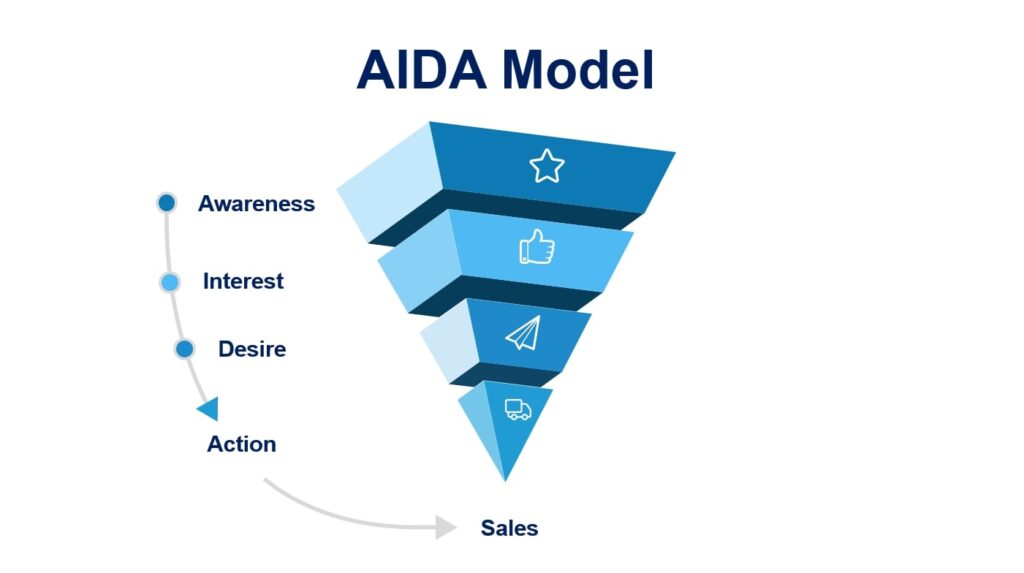
The transition from MQL to SQL follows the Awareness-Interest-Decision-Action (AIDA) model. Initially, leads become aware of a problem (Awareness) and engage with the company’s content (Interest), becoming MQLs. With further nurturing, they become SQLs (Decision), ready for sales engagement (Action). Collaboration between marketing and sales teams is essential for a smooth handoff and higher conversion rates.
Changing Dynamics in Lead Generation
Traditional methods like cold calling are less effective today. Modern B2B lead generation requires a mix of content marketing, social media engagement, SEO, PPC advertising, and advanced tools. These strategies attract, nurture, and convert leads by addressing the changing preferences of B2B buyers.
Marketing to Younger B2B Leads
Marketing to younger leads, like Gen Z, involves understanding their preference for authenticity, transparency, and social responsibility. Gen Z values digital engagement, especially through visual and interactive content on platforms like Instagram and TikTok. To capture their attention, businesses should create engaging videos, showcase their values, and emphasize social impact.
Why is B2B Lead Generation Important?
B2B lead generation is the critical first step in the sales process, serving as the gateway for potential customers into a company’s sales funnel. Without a strong lead generation strategy, businesses would struggle to find and attract new clients, hindering growth and competitiveness. Effective lead generation provides a consistent flow of prospects that can be nurtured and guided through the sales funnel, eventually becoming loyal customers. The process starts by attracting the right audience, capturing their interest, and turning that interest into actionable leads for the sales team to pursue.
What Generating Good Leads Can Do for a Business
Generating high-quality leads brings numerous benefits to a business.
- Increased Sales and Revenue: Well-qualified leads are more likely to convert into paying customers, driving the company’s bottom line.
- Efficient Use of Resources: Marketing and sales teams can target their lead generation efforts towards prospects with a higher likelihood of conversion, saving time and reducing costs.
- Shorter Sales Cycles: More qualified leads already have a level of interest and understanding of the product or service, thus requiring less nurturing to make a purchase decision.
- Improved ROI: Businesses can see a greater return on their marketing and sales expenditures by investing in strategies that attract high-quality leads.
- Stronger Customer Relationships: Starting relationships with well-qualified leads fosters more substantial customer success. These customers are more likely to be satisfied with their purchase, leading to increased loyalty and repeat business.
Overall, the quality of leads profoundly impacts the efficiency and effectiveness of the entire sales process, from initial contact to conversion and beyond.
The Value of High-Quality B2B Data
High-quality B2B data is essential for effective lead generation. This data includes detailed information about potential leads, such as their industry, company size, job title, purchasing behavior, and pain points. With this enriched data, businesses can customize their marketing messages and sales pitches to better match the needs of their prospects, increasing the chances of conversion. For example, knowing a lead’s industry-specific challenges allows a company to present its product as the ideal solution.
Accurate and comprehensive B2B data also helps sales teams prioritize the most promising leads, improving conversion rates and speeding up sales. Businesses reduce the time and resources spent on unqualified prospects by focusing on sales-qualified leads. High-quality data supports effective lead segmentation, enabling personalized marketing campaigns that resonate with different audience segments. Tools like CRM systems and lead generation software that provide enriched data seamlessly integrate with existing processes, boosting overall efficiency.
In short, B2B lead generation ensures a steady flow of potential customers into the sales funnel. High-quality data plays a vital role in this process by offering insights that help businesses effectively target, engage, and convert leads. This ultimately leads to better sales outcomes, optimized resources, and stronger customer relationships.
The B2B Lead Generation Process
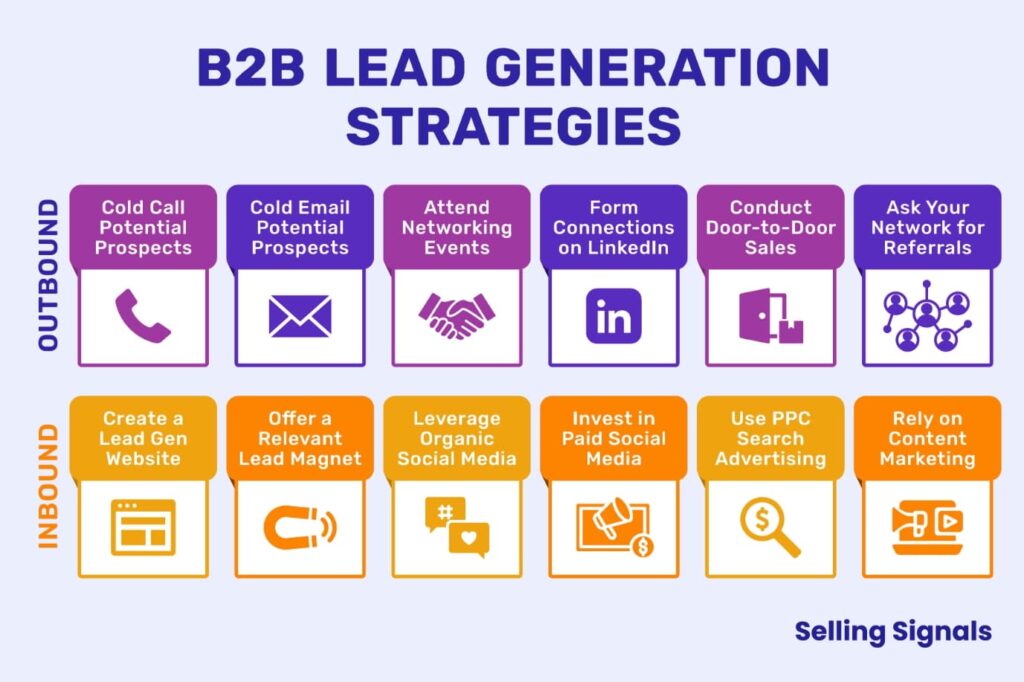
The B2B lead generation process involves finding and attracting other businesses interested in your products or services. It involves a few key steps and can be done through two main marketing channels: inbound and outbound marketing.
Inbound Marketing
Inbound marketing is about drawing leads to you through engaging and valuable content. This includes creating blog posts, webinars, and social media content that solve your target audience’s problems. By offering helpful information, you attract potential customers who are already interested in your offer and are more likely to engage with your sales and marketing teams.
Outbound Marketing
On the other hand, outbound marketing involves reaching out to potential buyers directly. This can be through cold emails, cold calling, or direct mail. It’s a more traditional approach where you actively advertise your products or services to people who might not know about your brand. The goal is to create awareness and interest in starting a conversation with your sales team.
Steps in the B2B Lead Generation Process
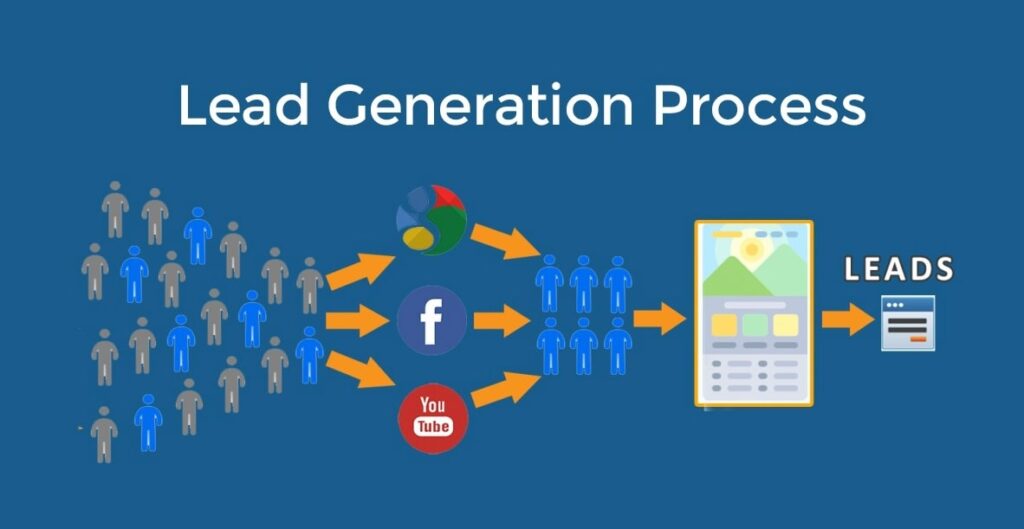
Step 1: Identifying the Lead
Start by identifying potential leads. Determine who your ideal customers are by using tools like LinkedIn and market research to understand their demographics, industry, job roles, and pain points. This helps shape your lead-generation efforts.
Step 2: Finding a Strategy
Once you know your target audience, choose the best strategy to reach them. For inbound marketing, focus on creating valuable content, optimizing your website, and using social media. For outbound marketing, consider targeted email campaigns, cold calling, and attending industry events.
Step 3: Qualifying and Prospecting
After reaching out, qualify leads to see if they fit your ideal customer profile and assess their potential to convert. This can be done through surveys, interactions, and lead scoring. Then, engage with qualified leads by addressing their needs and providing more information to move them closer to a purchase.
Step 4: Closing and Conversion
The final step is converting the lead into a customer. Use effective sales strategies like personalized follow-ups, product demos, and negotiations to close the deal. After conversion, maintain a strong relationship to encourage repeat business and referrals.
Lead Forms: Deciding What Goes on Them and Placement
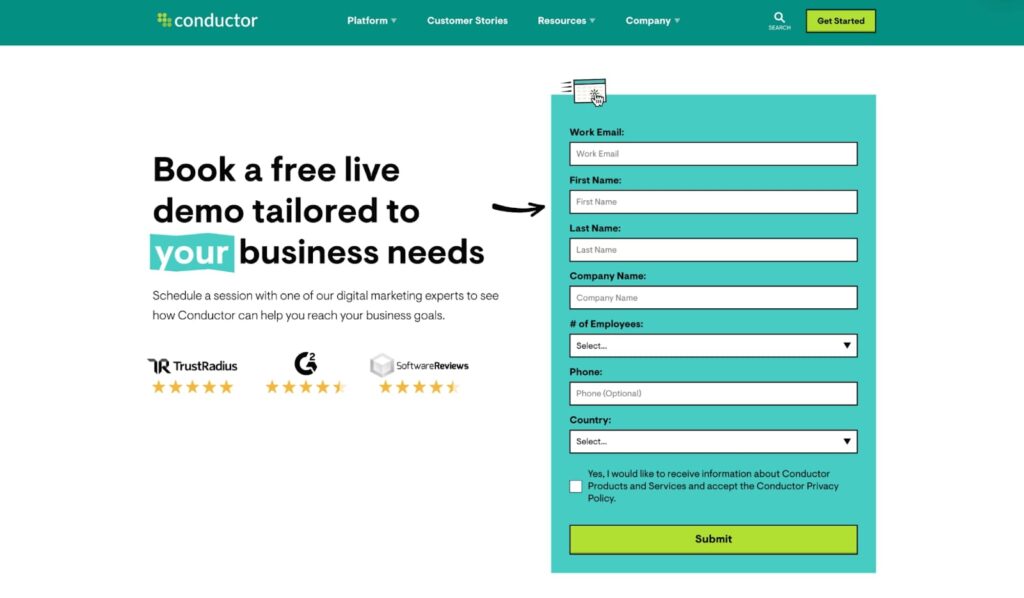
A lead form is a tool used to capture information about potential leads. When deciding what to include on a lead form, it’s essential to keep it simple and relevant. Common fields include:
- Name: To identify the lead.
- Email: For future communication.
- Company: To understand the business context.
- Job Title: To gauge decision-making authority.
- Phone Number: For direct follow-ups.
- Industry: To tailor marketing messages.
- Comments or Questions: To capture specific interests or needs.
The key is to ask for enough information to qualify the lead without overwhelming them.
Placement of Lead Forms
Where you place your lead forms is crucial for getting responses. Good spots include:
- Landing Pages: Designed to capture leads, often linked from ads or email campaigns.
- Blog Posts: Embedded within or at the end of relevant content to capture interested readers.
- Website Popups: Triggered by user behavior, like time spent on the page or intent to exit.
- Contact Pages: These are where visitors naturally go to get in touch with the business.
- Resource Pages: Offering valuable content like eBooks or whitepapers in exchange for contact details.
Effective lead forms are visually appealing, easy to fill out and offer a clear value proposition to encourage submission.
By following these processes, businesses can effectively generate, qualify, and convert B2B leads, driving growth and building lasting customer relationships.
16 B2B Lead Generation Ideas You Can Try
1. Create Compelling Content
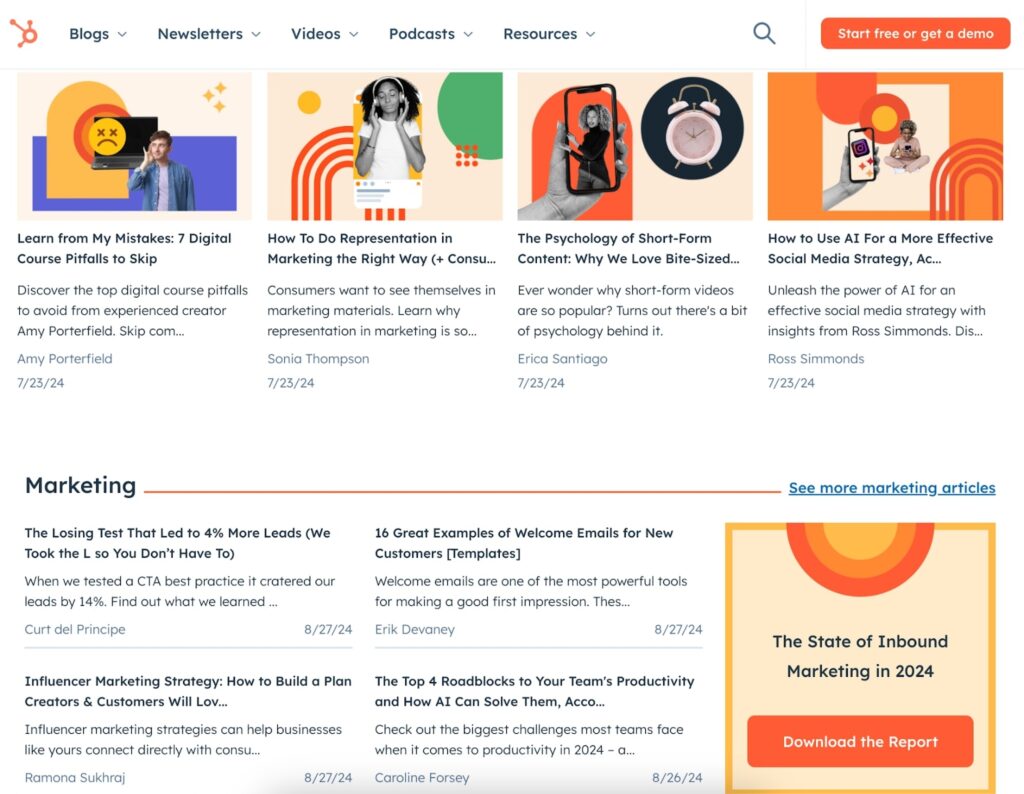
Compelling content is about producing valuable and informative material that attracts your target audience. This could be in the form of blog posts, eBooks, whitepapers, videos, or infographics. The idea is to provide content that answers your potential customer’s questions and solves their problems, establishing your business as a trusted authority in your industry.
For example, a detailed blog post about your industry’s latest trends can attract leads looking for up-to-date information. This strategy helps build trust and encourages visitors to return for more valuable insights.
Data gathered: Visitor engagement metrics, content downloads, time spent on pages, and social shares.
2. Run A/B Tests on Critical Pages
A/B Testing involves creating two versions of a web page or a piece of content and testing them against each other to see which performs better. This can help optimize your landing pages, forms, and call-to-action buttons.
For instance, you might test different headlines, images, or form fields to see which version leads to higher conversion rates.
Data gathered: Conversion rates, user behavior metrics (like click-through rates), and page performance.
3. Add Exit-Intent Popup Forms to Gather Leads

Exit-intent popups are triggered when a user is about to leave your website. These pop-ups can offer a special discount, a free resource, or an invitation to subscribe to your newsletter in exchange for their contact information. This last-ditch effort can help capture leads who were otherwise ready to leave.
Data gathered: Exit rates, lead capture rates, form submissions, and bounce rates.
4. Automate Your Email Marketing Campaigns
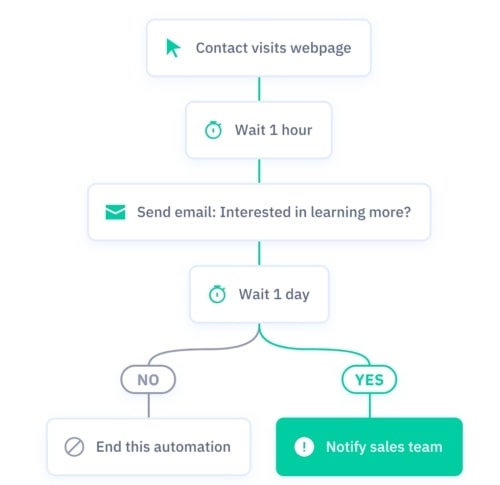
Email marketing automation involves setting up emails automatically sent to leads based on their behavior or stage in the buying process. For example, if someone downloads an eBook, they might receive a follow-up email thanking them and offering more related content.
Data gathered: Open rates, click-through rates, conversion rates, and engagement metrics.
5. Create Ads on Social Media and the Web to Drive High-Quality Leads
Running targeted ads on platforms like LinkedIn, Facebook, and Google can help you reach a wider audience and drive high-quality leads to your website. These ads can be tailored to specific demographics, job roles, or industries, ensuring your message reaches the right people.
Data gathered: Ad impressions, click-through rates, lead conversions, and cost-per-lead.
6. Collect Buyer Reviews
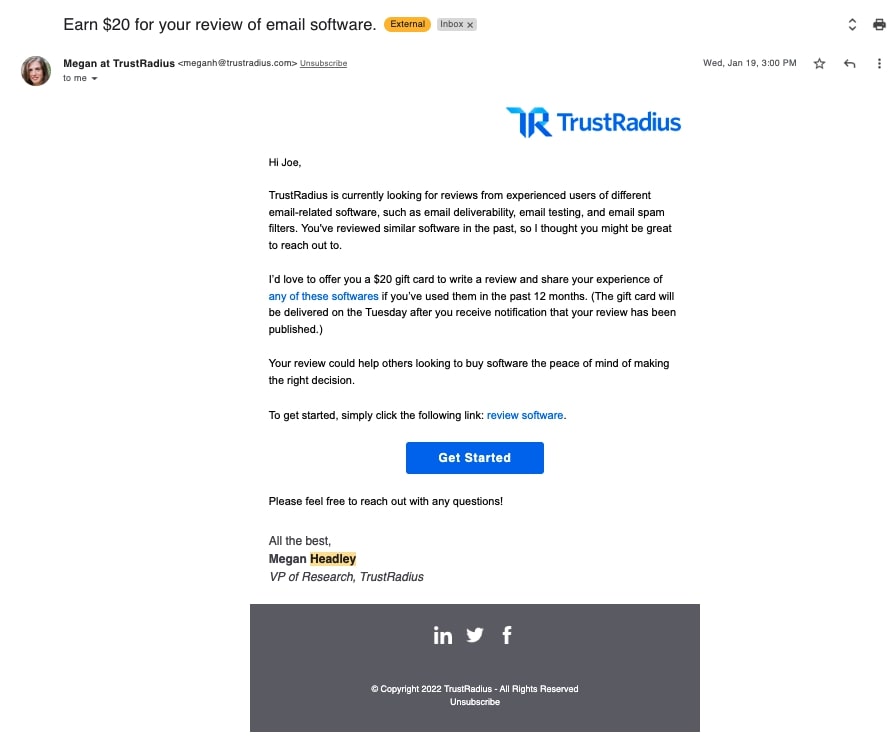
Encouraging satisfied customers to leave reviews and testimonials can build credibility and trust with potential leads. Positive reviews act as social proof, showing that others have had a good experience with your product or service. You can showcase these reviews on your website, social media, or in marketing materials to help persuade potential leads to choose your business.
Data gathered: Review ratings, customer feedback, engagement with reviews, and referral traffic.
7. Get Survey Results
Conducting surveys allows you to gather valuable insights from your target audience. This information can help you better understand their needs, preferences, and pain points.
For instance, a survey about industry challenges can provide data that you can use to tailor your products or marketing messages.
Data gathered: Survey responses, customer preferences, pain points, and satisfaction levels.
8. Use Case Studies to Encourage Purchases
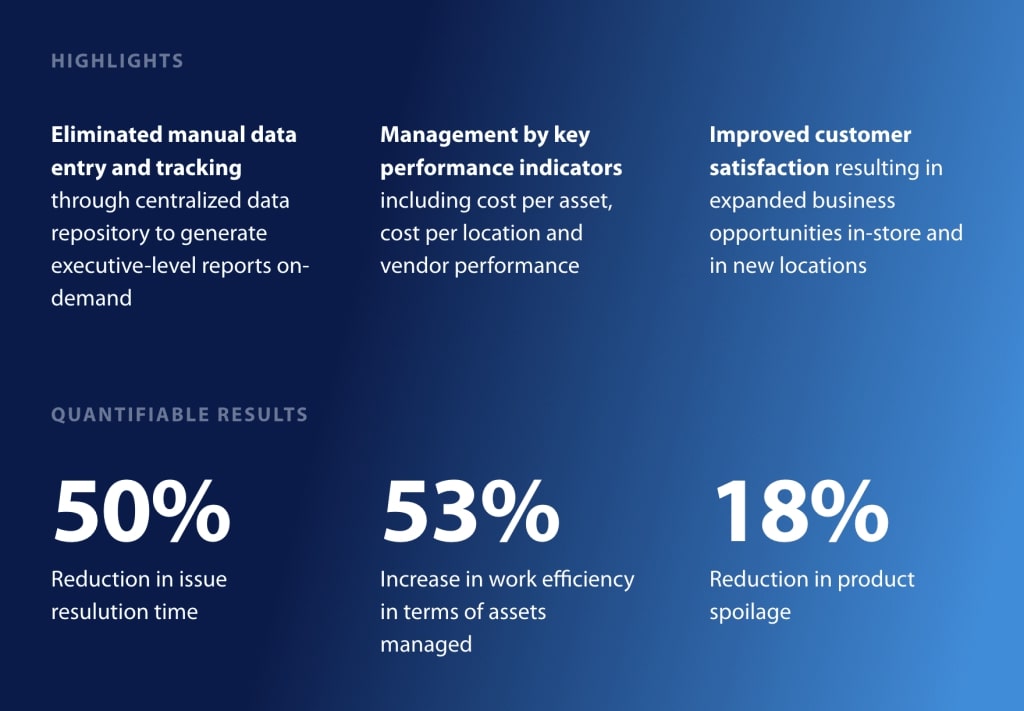
Case studies are detailed accounts of how your product or service has helped other businesses solve a problem or achieve a goal. They provide concrete evidence of your success and can be powerful tools for convincing potential leads to purchase. By showcasing real-world examples and results, you can build trust and demonstrate the value of your offerings.
Data gathered: Case study downloads, reader engagement, and conversion rates.
9. Build a Free Tool
Offering a free tool or resource that provides value to your target audience can attract leads and demonstrate your expertise. For example, a free online calculator, assessment tool, or industry-specific resource can attract potential customers needing that solution. This strategy generates leads and positions your company as a helpful and innovative player in your industry.
Data gathered: Tool usage, user sign-ups, engagement metrics, and lead conversions.
10. Use Quora Q&As to Generate More Leads
Participating in Quora discussions by providing insightful answers to relevant questions can drive traffic to your website and generate leads. By showcasing your expertise and linking to your content, you can attract potential customers interested in your offer. This strategy helps build your online presence and authority in your field.
Data gathered: Views on answers, upvotes, referral traffic, and lead conversions.
11. Personalize Your Website with Dynamic Web Pages
Using dynamic content to personalize your website can enhance user experience and improve lead conversion. This means displaying different content based on the visitor’s behavior, industry, or previous interactions with your site. Personalization can make your website more relevant and engaging for visitors, increasing the likelihood of capturing their information.
Data gathered: User engagement metrics, time spent on site, conversion rates, and visitor behavior patterns.
12. Target High-Value Leads on LinkedIn
LinkedIn is a powerful platform for B2B lead generation. Its advanced search and targeting features help you identify and connect with high-value prospects. Sharing valuable content, participating in discussions, and using LinkedIn Ads can also help you reach decision-makers and influencers in your target market.
Data gathered: Connection rates, InMail response rates, lead conversions, and engagement metrics.
13. Collaborate with Guests Like Other Businesses and Creators
Partnering with other businesses and influencers to co-create content or host events can expand your reach and attract new leads. For example, you could write a guest blog post, co-host a webinar, or participate in a podcast. Collaborations can introduce your business to new audiences and provide additional credibility through association with respected partners.
Data gathered: Partnership engagement, content shares, new leads generated, and brand awareness.
14. Organize Webinars to Capture New Leads
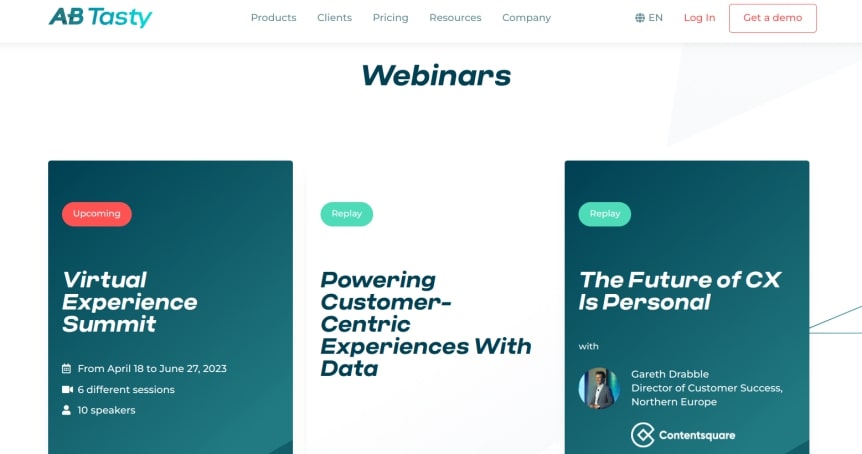
Webinars are an effective way to engage with your audience and capture leads. You can attract interested attendees in your industry by offering valuable insights and interactive sessions. The registration process allows you to collect contact information, and follow-up emails can help nurture these leads further.
Data gathered: Webinar registrations, attendee engagement, post-webinar follow-ups, and lead conversions.
15. Optimize All of Your Content to Improve Your Ranking
Search Engine Optimization is crucial for increasing organic traffic to your website. By optimizing all your content with relevant keywords, meta descriptions, and high-quality links, you can improve your search engine rankings. Higher rankings lead to more visibility, attracting more leads searching for solutions like yours.
Data gathered: Search rankings, organic traffic, content engagement, and lead conversions.
16. Offer a Free Trial to Create interest
Offering a free trial of your product or service allows potential leads to experience its value firsthand without any risk. This strategy can help convert interested prospects into paying customers by enabling them to see how your solution meets their needs. Follow-up communications during and after the trial period can help close the deal.
Data gathered: Free trial sign-ups, usage patterns, feedback, and conversion rates from trial to paid customer.
By trying these strategies, you can effectively generate, qualify, and convert B2B leads, driving growth and building lasting relationships with your clients.
What are the best B2B Lead Generation Tools?
Email Marketing Tools
1. MailChimp
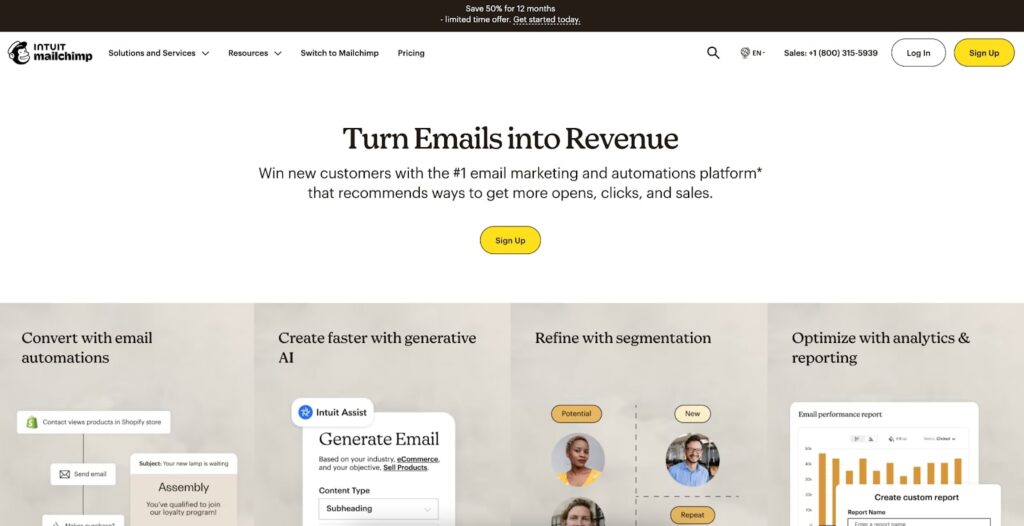
Overview: MailChimp is a popular email marketing tool known for its ease of use and powerful features. It allows businesses to create, send, and analyze email campaigns effectively. With its drag-and-drop email builder, you can design emails without coding knowledge. It also offers automation features to help you send targeted emails based on user behavior and preferences.
Features: Email templates, automation, segmentation, analytics, A/B testing.
Pricing: Free plan available; paid plans start at $20/month.
What We Like: User-friendly interface, robust analytics, extensive integration options.
What We Don’t Like: Limited features in the free plan.
Lead Data Collection
2. Leadfeeder
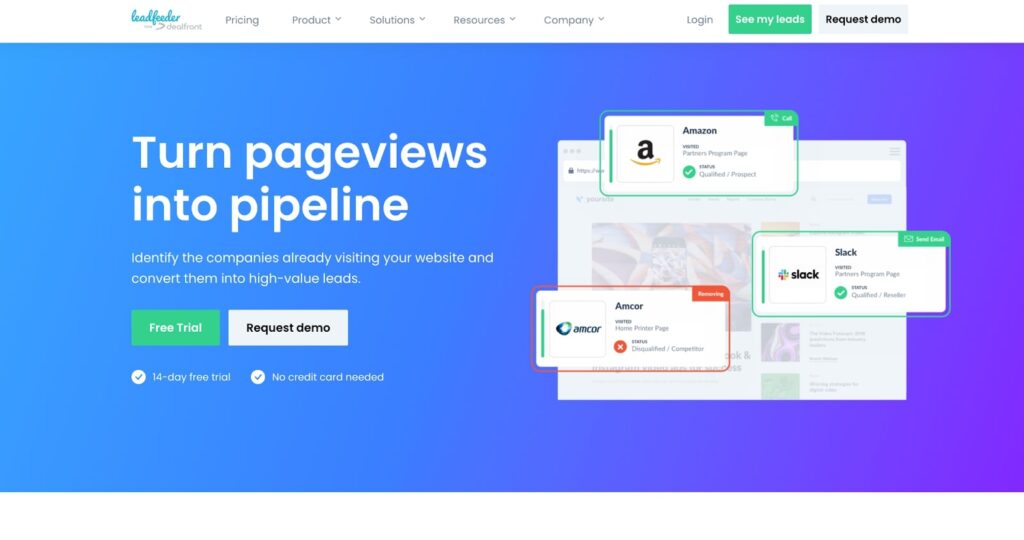
Overview: Leadfeeder helps you identify companies visiting your website and show what they’re interested in. This tool provides insights into visitor behavior, helping you understand which businesses are interested in your products or services. It integrates seamlessly with your CRM, enabling you to follow potential leads effectively.
Features: Website visitor tracking, CRM integration, lead scoring.
Pricing: Free plan available; premium starts at $63/month.
What We Like: Detailed insights into visitor behavior and easy CRM integration.
What We Don’t Like: It can be pricey for small businesses.
3. Qualaroo
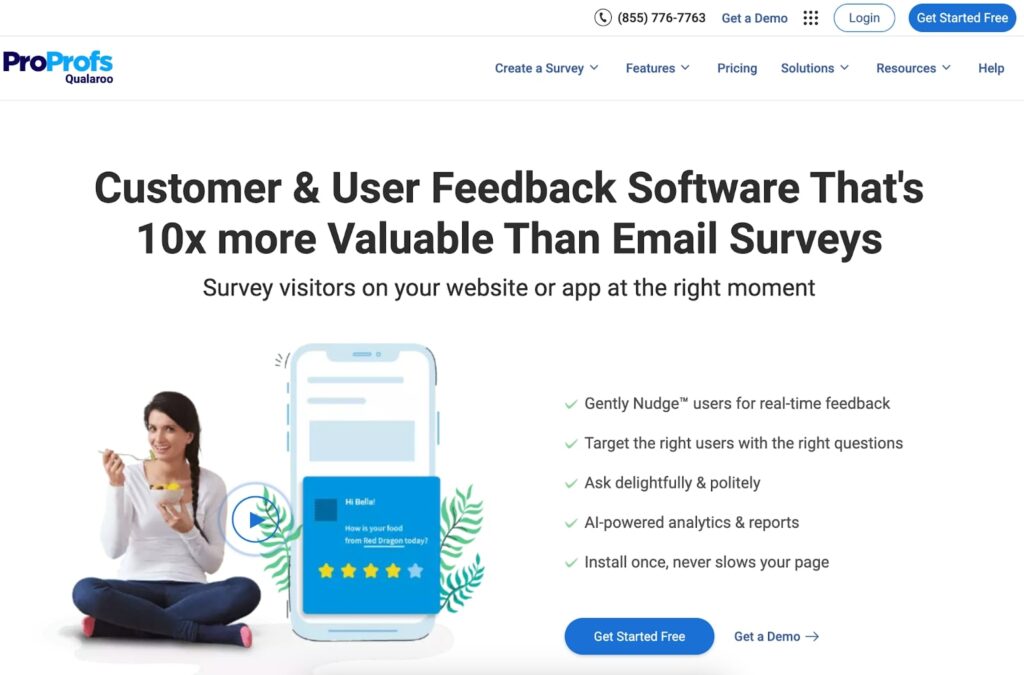
Overview: Qualaroo is a survey tool that collects feedback and insights directly from your website visitors. It allows you to create highly targeted surveys, capturing valuable data to inform your lead-generation strategies.
Features: Survey templates, advanced targeting, analytics.
Pricing: Free plan available; paid plans start at $19.99/month.
What We Like: Highly customizable, great for collecting qualitative data.
What We Don’t Like: Expensive for small businesses.
Chatbot
4. Drift
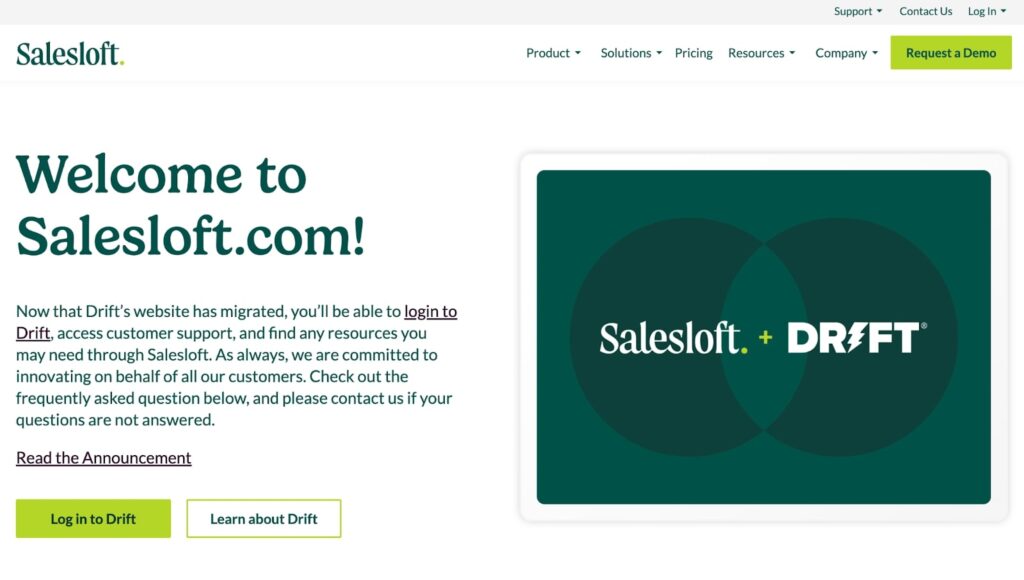
Overview: Drift is a conversational marketing and sales platform using chatbots to engage with visitors in real time. This tool helps qualify leads through automated conversations, ensuring that your sales team spends time on high-quality prospects.
Features: Live chat, automated messaging, scheduling, CRM integration.
Pricing: Chat with support.
What We Like: Real-time engagement, excellent for lead qualification.
What We Don’t Like: Advanced features can be costly.
CRMs
5. HubSpot
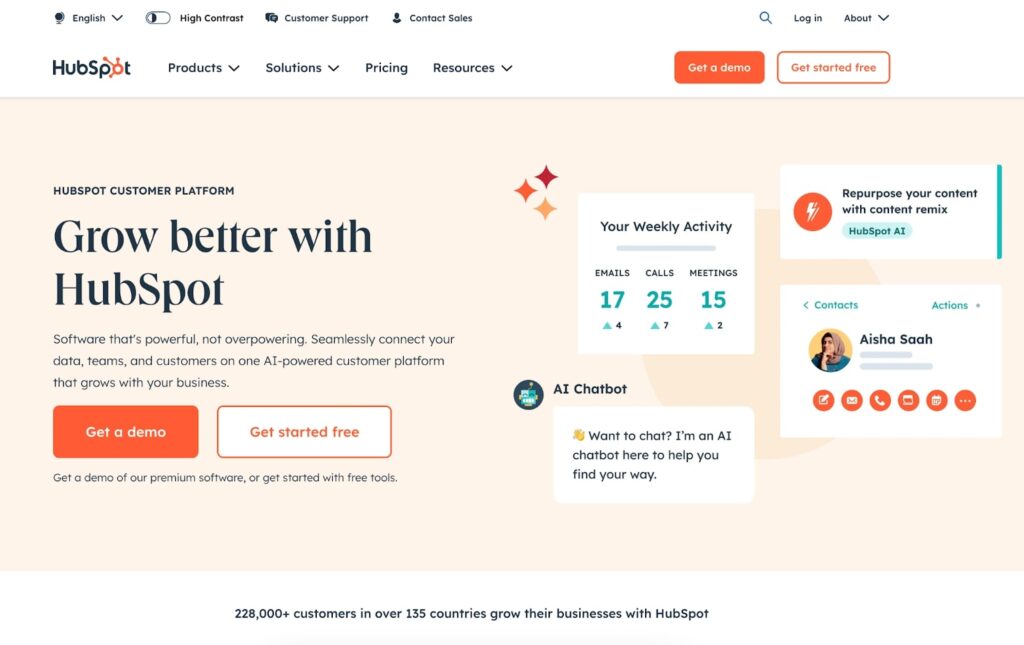
Overview: HubSpot is an all-in-one CRM platform with marketing, sales, and customer service tools. HubSpot’s suite of tools helps streamline your lead generation and nurturing processes.
Features: Contact management, email tracking, pipeline management, automation.
Pricing: Free CRM; paid plans for marketing and sales tools start at $50/month.
What We Like: All-in-one platform with extensive free features.
What We Don’t Like: Advanced features require a paid plan.
6. Pipedrive

Overview: Pipedrive is a CRM that helps sales teams manage leads and deals.
Features: Deal management, email integration, reporting, automation.
Pricing: Free 14-day trial; paid plans start at $14/month.
What We Like: The intuitive interface is focused on the sales pipeline.
What We Don’t Like: Limited customization options.
7. Salesforce
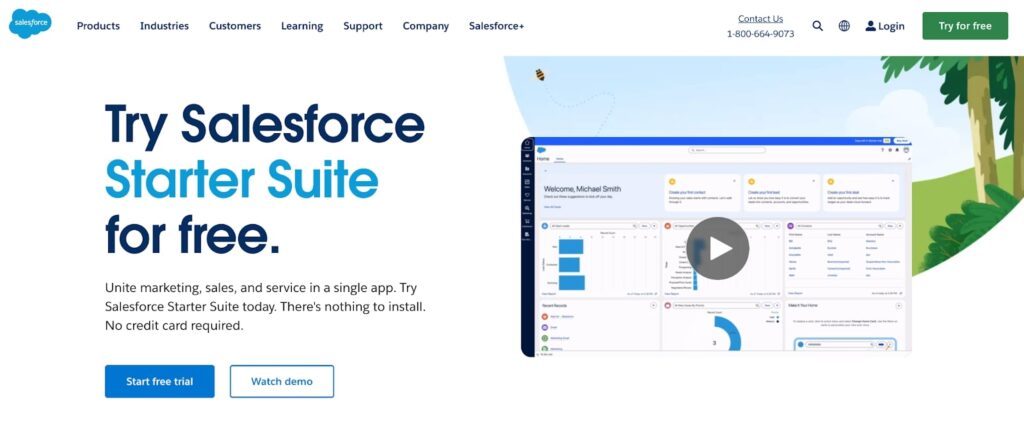
Overview: Salesforce is a leading CRM platform that businesses of all sizes use.
Features: Comprehensive CRM tools, AI-powered analytics, and extensive integrations.
Pricing: Free 14-day trial; starts at $25/user/month.
What We Like: Highly customizable, robust features.
What We Don’t Like: It can be complex and expensive.
8. Zoho CRM
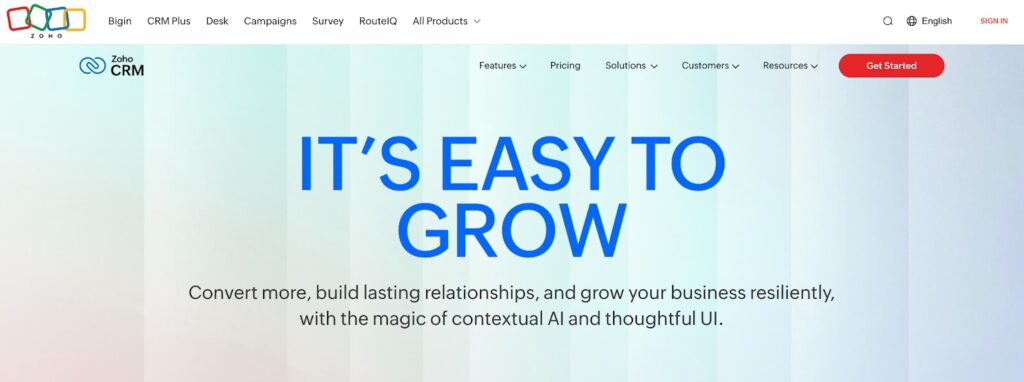
Overview: Zoho CRM is affordable and has many features for sales and marketing teams.
Features: Lead management, workflow automation, analytics, multichannel communication.
Pricing: Free 14-day trial; paid plans start at $12/user/month.
What We Like: Cost-effective, extensive features.
What We Don’t Like: The user interface can be less intuitive.
Calendar Scheduling
9. Calendly
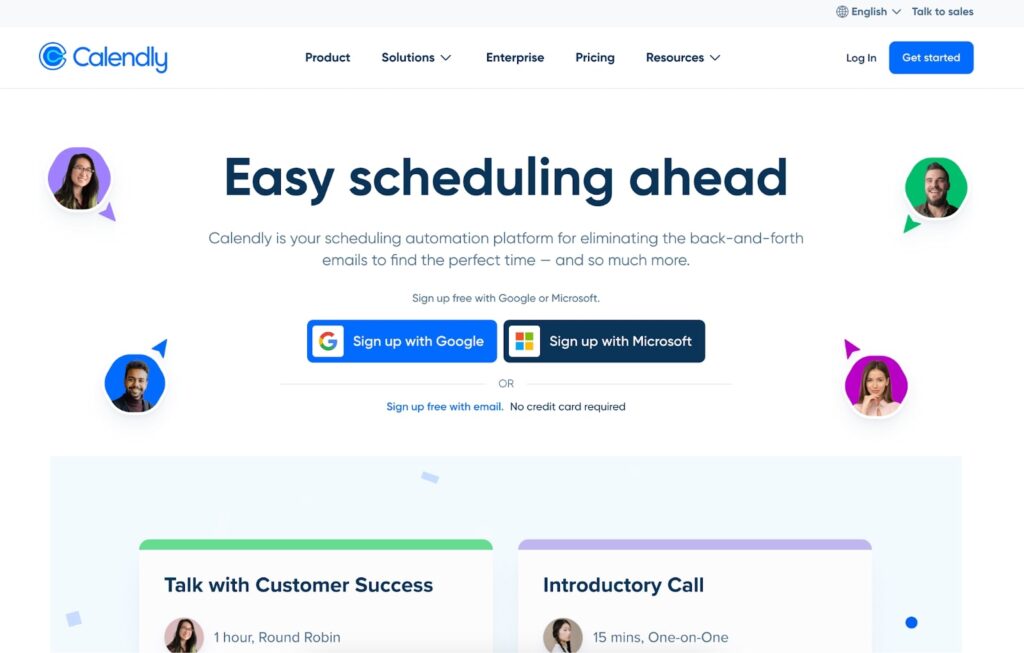
Overview: Calendly is a scheduling tool that allows prospects to book meetings with you quickly.
Features: Automated scheduling, calendar integrations, reminders.
Pricing: Free plan; paid plans start at $10/seat/month.
What We Like: Easy to use, eliminates back-and-forth emails.
What We Don’t Like: Limited features in the free plan.
Sales Tools
10. LinkedIn Sales Navigator

Overview: LinkedIn Sales Navigator is a tool for finding and nurturing leads on LinkedIn.
Features: Advanced search filters, lead recommendations, CRM integration.
Pricing: Free trial; paid plans start at $79.99/month.
What We Like: An extensive database of professionals helpful for B2B leads.
What We Don’t Like: It can be expensive for small teams.
Landing Page Creator
11. OptinMonster
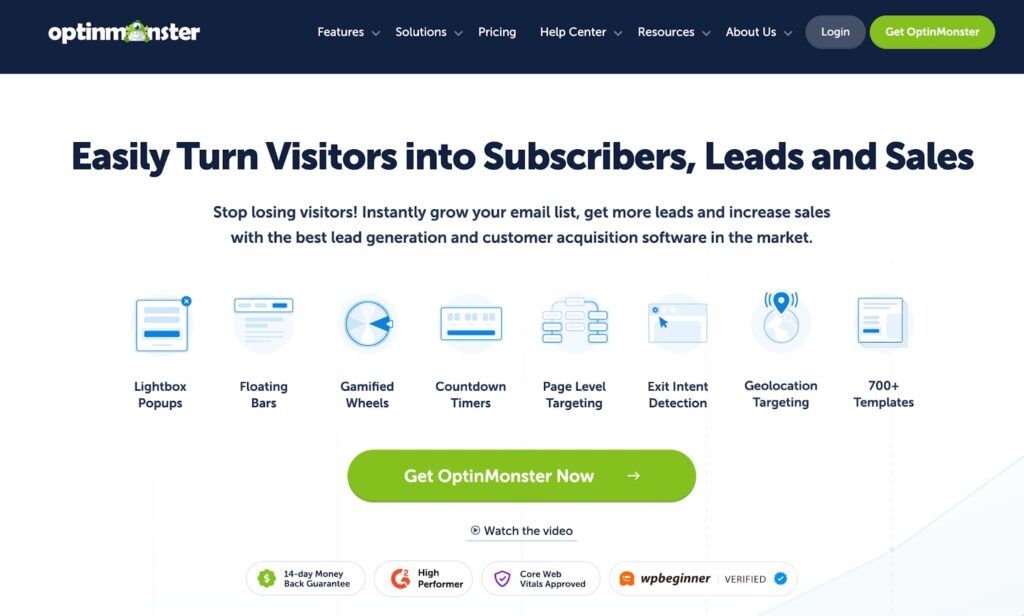
Overview: OptinMonster is a tool for creating high-converting landing pages and opt-in forms.
Features: Drag-and-drop builder, exit-intent technology, A/B testing.
Pricing: Starts at $9/month.
What We Like: Easy to use, powerful targeting options.
What We Don’t Like: Some advanced features are in higher-priced plans.
12. Hello Bar
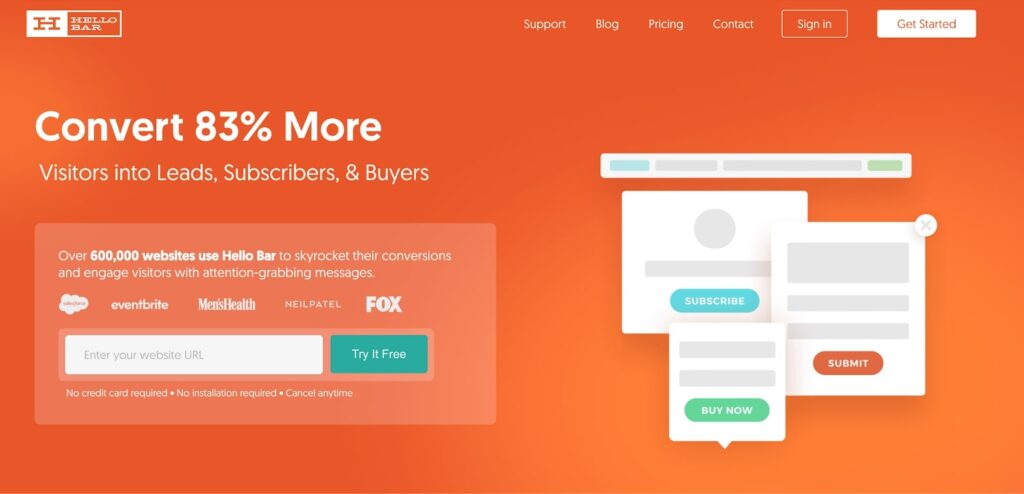
Overview: Hello Bar is a tool for creating engaging popups and banners to capture leads.
Features: A/B testing, targeting options, and integrations with major email platforms.
Pricing: Free plan available. Paid plans start at $29/month.
What We Like: Simple setup, effective for lead capture.
What We Don’t Like: Limited customization in the free plan.
13. Everwebinar
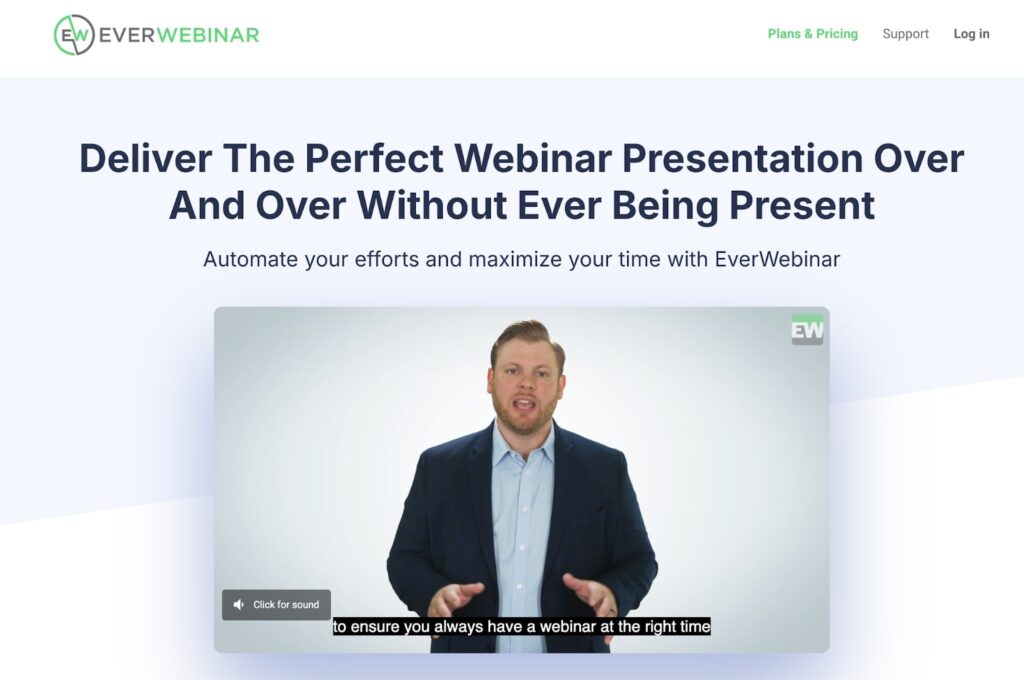
Overview: Everwebinar is a tool for automating and hosting webinars.
Features: Automated webinars, live chat, analytics, integrations.
Pricing: Starts at $99/month.
What We Like: Excellent for engaging leads and robust automation features.
What We Don’t Like: It can be expensive for small businesses.
Marketing Automation and Integrations
14. Zapier
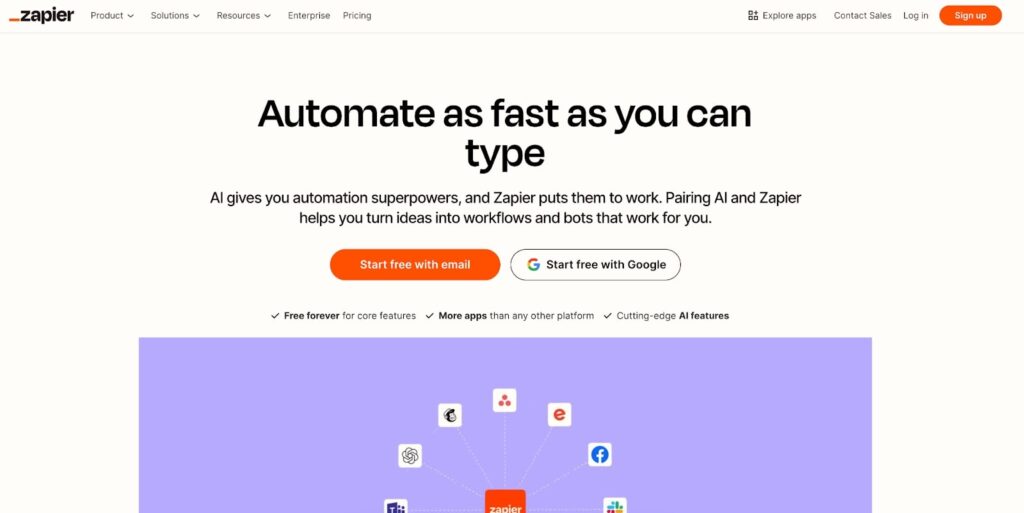
Overview: Zapier is an automation tool that connects different apps and automates workflows.
Features: Workflow automation, integration with 2000+ apps, multi-step Zaps.
Pricing: Free plan available. Paid plans start at $19.99/month.
What We Like: Extensive integrations, easy to set up.
What We Don’t Like: Advanced features are required in a plan.
Social Media Management
15. Hootsuite
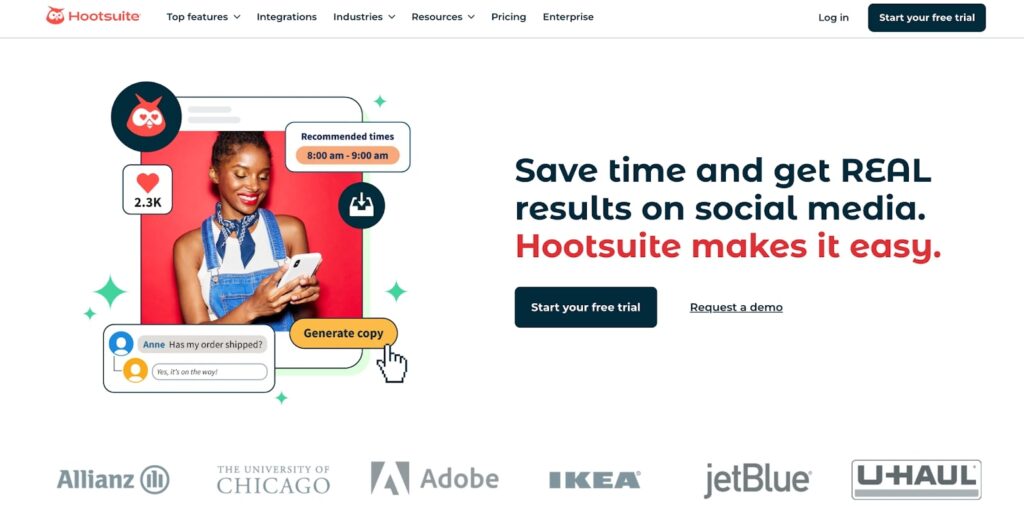
Overview: Hootsuite is a social media management platform that helps you schedule and analyze posts.
Features: Scheduling, analytics, team collaboration, social listening.
Pricing: Free plan available. Paid plans start at $19/month.
What We Like: Comprehensive social media management, user-friendly.
What We Don’t Like: Limited features in the free plan.
SEO Tools
16. SEMrush
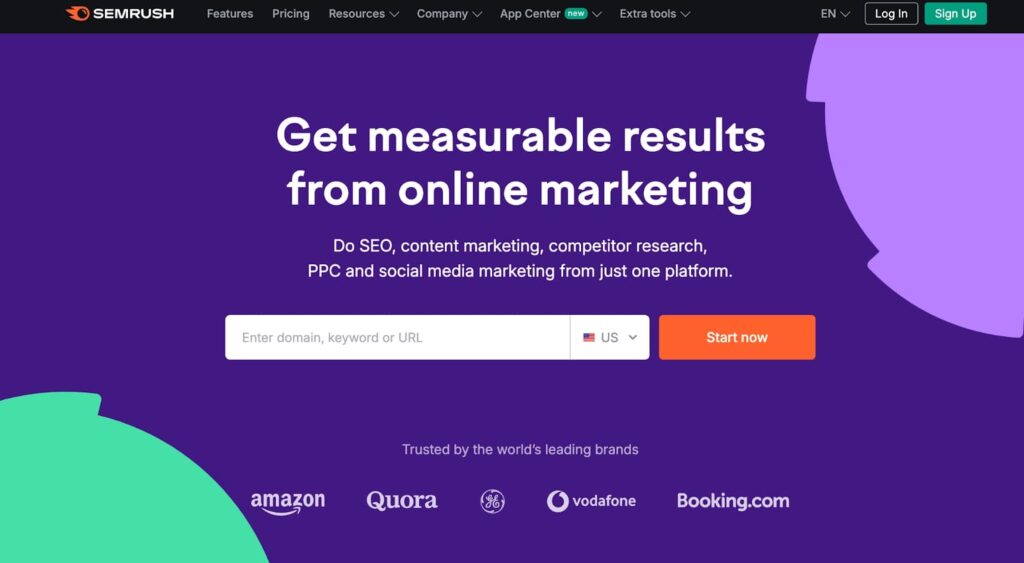
Overview: SEMrush is an SEO tool for keyword research, competitor analysis, and site audits.
Features: Keyword research, backlink analysis, site audits, competitor analysis.
Pricing: Free trial, Starts at $139.95/month.
What We Like: Comprehensive SEO features are great for competitive analysis.
What We Don’t Like: It can be expensive for small businesses.
Social Media and Networking Tools
17. Discover.ly

Overview: Discover.ly is a Chrome extension that enhances social media interactions by showing helpful information about your contacts.
Features: Cross-platform social insights, mutual connections, email integration.
Pricing: Free.
What We Like: Provides valuable context for social interactions and is easy to use.
What We Don’t Like: Limited to social media insights
Analytics and User Experience Tools
18. HotJar
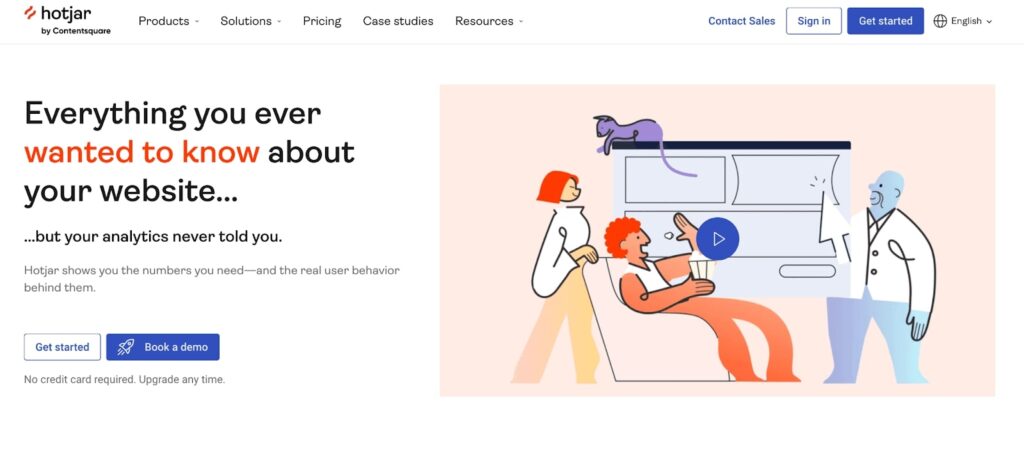
Overview: HotJar is a user analytics and feedback tool that provides insights into how users interact with your website.
Features: Heatmaps, session recordings, feedback polls, and surveys.
Pricing: Free plan available. Paid plans start at $32/month.
What We Like: Comprehensive user behavior insights, easy to set up.
What We Don’t Like: It can be resource-intensive on large websites.
These tools offer various features to help you generate, manage, and convert leads. You can optimize your lead generation efforts and drive growth by choosing the right combination for your business.
Start Generating a B2B Lead Generation Strategy That Works
Creating a robust B2B SaaS marketing strategy is essential for success. It helps you target the right audience, generate quality leads, and convert them into loyal customers. A good plan ensures your marketing efforts drive consistent growth and high ROI.
ProjectSEO specializes in crafting unique strategies that boost visibility, drive sales, and deliver substantial ROI. We tailor our approach to meet your specific needs, focusing on optimizing your online presence and using the latest SEO techniques.Ready to transform your B2B lead generation? Book a free consultation with ProjectSEO today and discover how a customized marketing strategy can help your business grow.
